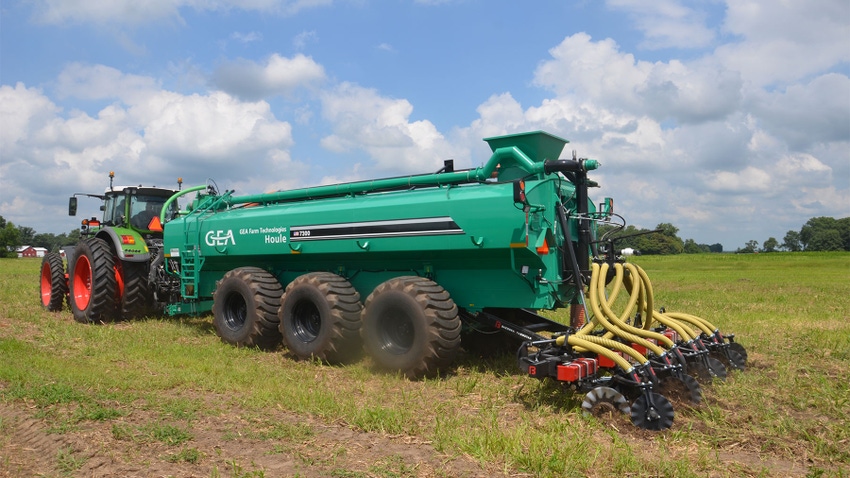December 7, 2023

by Tony Bailey
Do you have manure from your own livestock? Is manure or poultry litter available from other livestock operations? Have higher fertilizer prices piqued your interest about how to improve manure nutrient credits?
If you answered “yes” to any of these questions, take a closer look at how you can optimize the value of manure. Without doing simple things like incorporating manure after application, some benefits and values from manure are forfeited.
Here are seven fundamental concepts tied to maximizing value from manure:
1. Application. Ask yourself these questions and then find answers before applying. What is the nutrient content of the manure? What are the planned and actual application rates? Could manure reduce my fertilizer bill?
2. Phosphorus credits. Start with current soil tests. Fields closest to manure storage usually have the highest soil test phosphorus and may not need additional P for years. Fields farthest away from manure storage typically have a lower soil test P. Haul the most nutrient-dense manure to the most distant fields.
3. Nitrogen credits. Nitrogen is always pulling a Houdini, and it’s tough to figure out how much credit should be given. Timing and method of application have the greatest impacts on reducing the Houdini effect. Injection is better than some incorporation, which is better than surface applications.
4. Total nitrogen. Apply manure as close to crop utilization as possible. Use the pre-sidedress soil nitrate test, chlorophyll meter, in-season tissue testing and end-of-season stalk nitrate testing to fine-tune your manure N credits. Don’t overapply manure based on potential N losses. Reduce additional fertilizer rates accordingly.
5. Injection vs. incorporation. Surface manure applications are more susceptible to runoff and volatilization losses. But too much incorporation increases soil erosion potential and degrades soil further. If possible, inject liquid manure with low-disturbance injectors and incorporate dry manure just enough to get some manure-to-soil contact, or apply manure to a growing cover crop. If incorporating manure, remember that the purpose is to achieve soil-to-manure contact to reduce loss, not to do so much tillage that soil erosion is increased.
6. Cover crops. Cover crops should be standard operating procedure with all manure applications. They help capture leftover nutrients from the previous crop and capture nutrients applied with manure. This nutrient capture helps pay for the cost of seeding and termination, plus offers many other soil benefits. The only questions should be when and how to get the cover crop established in relation to the manure application.
7. Soil health. Manure is also an excellent source to add biology and diversity to your cropping system to jump-start your soil health. In some cases, it may be a missing piece to improve the biology of your soil health system.
Bailey is state conservation agronomist with the Natural Resources Conservation Service. He writes on behalf of the Indiana Conservation Partnership.
Read more about:
FertilizerYou May Also Like




